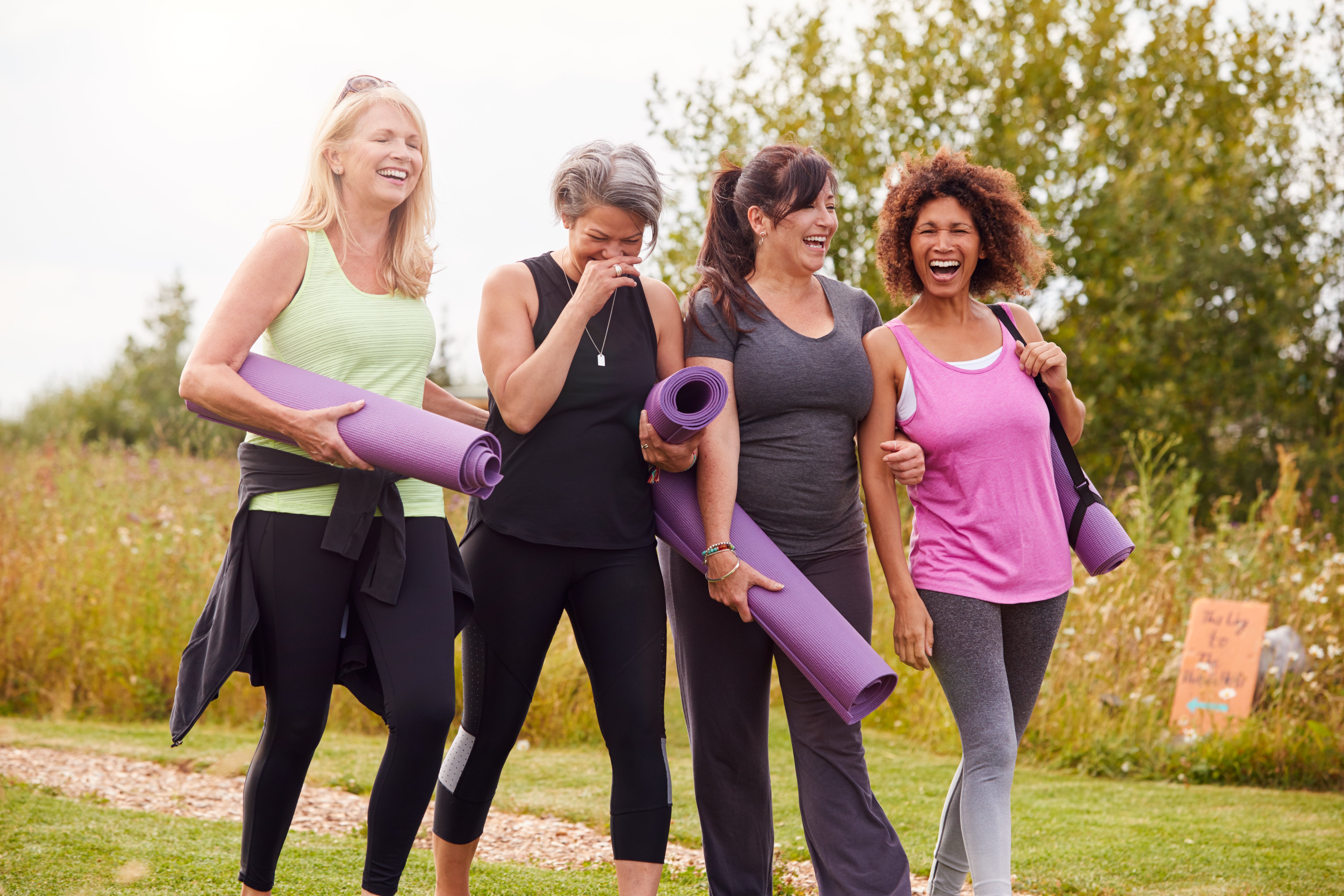- 20 Health Benefits of Yoga
- 5 Yoga Tips for Beginners
- benefits of yoga and meditation
- fitness
- health
- Maji Sports Recovery products
- Maji Sports Yoga Accessories
- majisports
- Majisports Collection
- mental benefits of yoga
- Need to Relax
- stay home stay healthy
- stay home stay safe
- stay safe
- Tips to Prevent Yoga Injuries
- yoga
- yoga Accessories
- yoga for beginners
- yoga terms
- yogaforeveryone

An increasing number of Americans are turning to yoga for exercise and relaxation, as well as non-surgical, non-medicinal relief of bone, joint and muscle-related pain. While some people consider yoga a secret "fountain of youth," the seemingly harmless activity can cause muscle strain, torn ligaments or more serious injuries if practiced incorrectly.

The American Academy of Orthopaedic Surgeons (AAOS) believes the rewards of basic yoga outweigh the potential physical risks, as long as you take caution and perform the exercises in moderation, according to your individual flexibility level. These rewards include improved strength, balance and flexibility. Yoga may also be beneficial for certain bone and joint problems like carpal tunnel syndrome, tennis elbow and arthritis.
Be aware that whether yoga enthusiasts are just stretching or assuming specific positions, serious muscle damage and related injuries can result if they don't take the proper precautions, especially for people with pre-existing musculoskeletal ailments or conditions.
According to the U.S. Consumer Product Safety Commission, there were more than 5,500 yoga-related injuries treated in doctors' offices, clinics and emergency rooms in 2007, incurring a total cost of approximately $108 million. Common yoga injuries include repetitive strain to and overstretching of the neck, shoulders, spine, legs, wrist and knees.
To help minimize yoga-related injuries, the AAOS recommends the following:
- If you have any medical conditions or injuries, speak to your doctor before participating in yoga.
- Work with a qualified yoga instructor. Ask about his or her experience and credentials.
- Warm up thoroughly before a yoga session--cold muscles, tendons and ligaments are vulnerable to injury.
- Wear appropriate clothing that allows for proper movement.
- Beginners should start slowly and learn the basics first--such as breathing--rather than trying to stretch too far.
- If you are unsure of a pose or movement, ask questions.
- Know your limits. Do not try positions beyond your experience or comfort level.
- Learn what type of yoga you are performing. There are hundreds of different forms of yoga, some more strenuous than others. It is important to learn which type of yoga will best suit your needs.
- Keep hydrated by drinking plenty of fluids, especially if participating in "hot" yoga.
- Listen to your body. If you are experiencing pain or exhaustion while participating in yoga, stop or take a break. If pain persists, speak with a physician.
As we say at Maji Sports,
the use of Maji Mats during your yoga practice leads to Happy Knees.
Welcome to Majisports.com!
At Maji Sports, we create good quality, yoga, fitness, meditation and rehabilitation products that are well designed and eco-friendly.
Buy Now Online!
